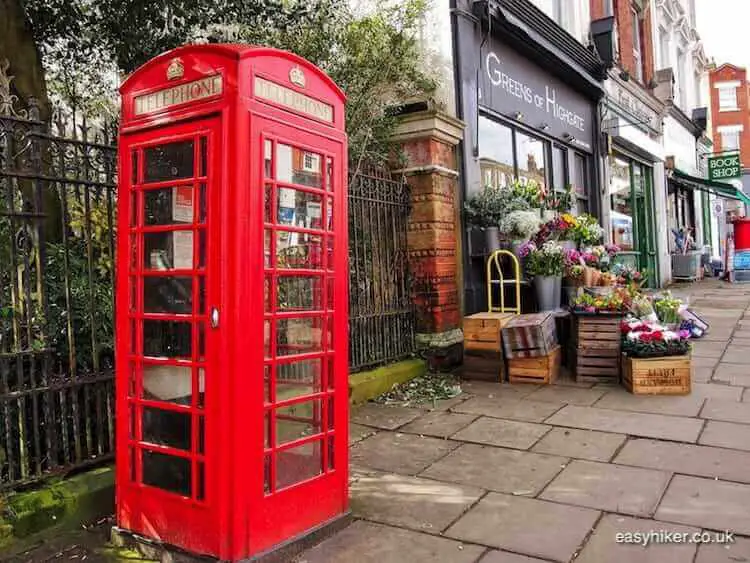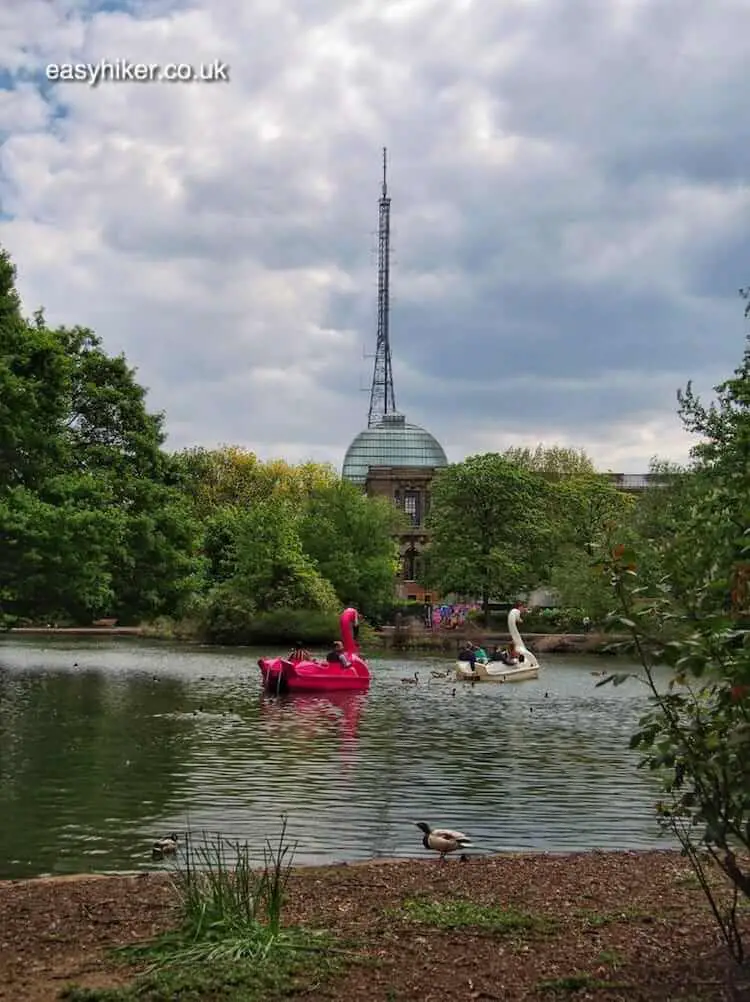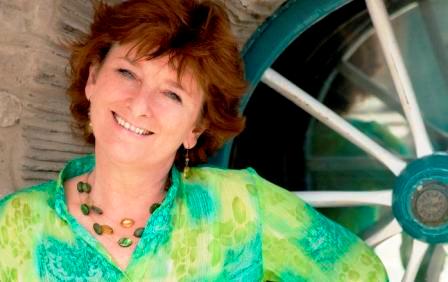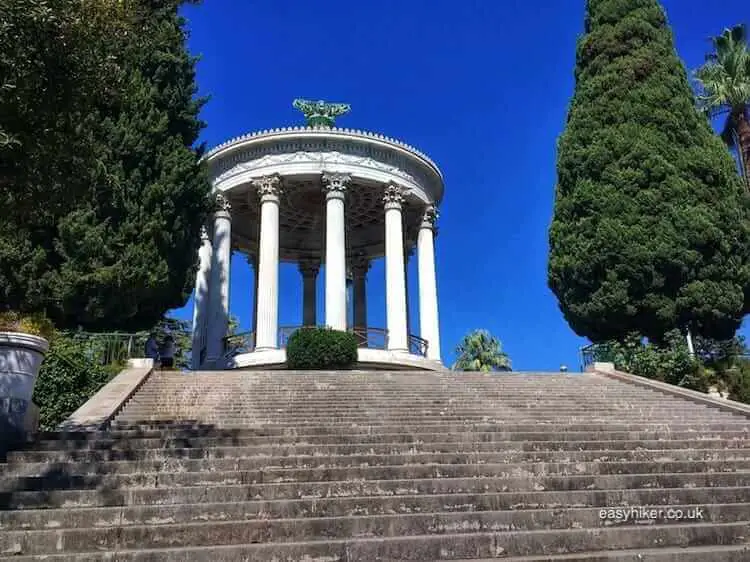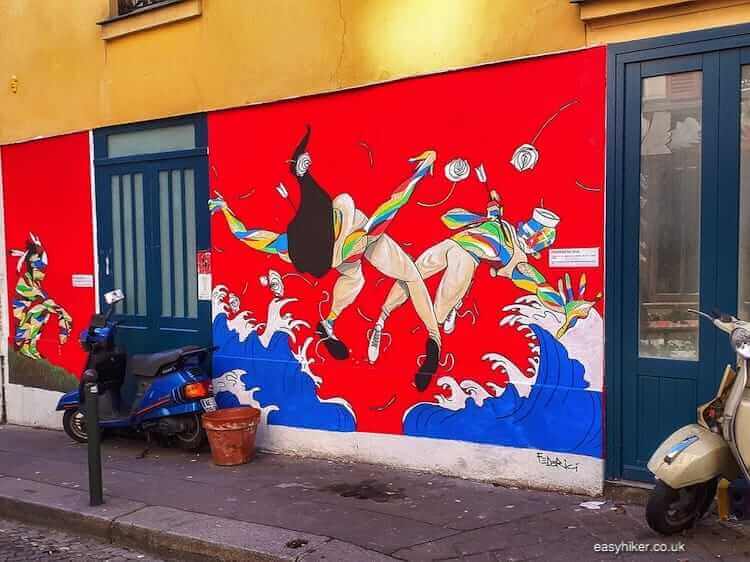A shrine for a world-famous pop star, the second largest private residence in London, the grave of London’s most iconic political émigré: you will come across all that and more in today’s walk – on top of some surprisingly wild scenery, so wild in fact that you would never expect to find anything like it in such relatively close vicinity to central London.
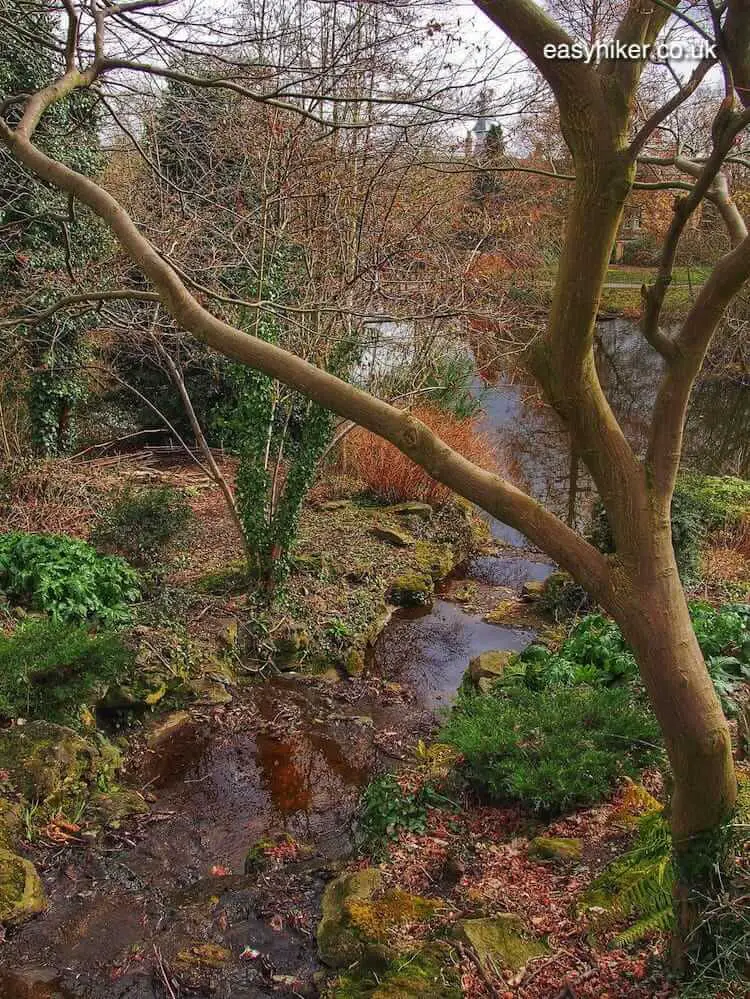
Today’s walk takes us to the London borough of Highgate which has not always enjoyed such a colourful background.
Highgate was first developed in the Tudor period as a residential district for the wealthy, and it has remained pretty faithful to its heritage ever since – which has protected the area from the fate of its neighbours which underwent a process of homogenization and suburbanization in the 19th and 20th centuries.
In the years between the wars, the strong Highgate lobby in the upper echelons of British society resisted popular pressure to turn large parts of Hampstead Heath (the borough’s western frontier) into a residential area, something for which Londoners far beyond the confines of Hampstead and Highgate are grateful to this day.
Finding George Michael and Marx in London Highgate
On the down side, horseless carriages and underground trains were deemed unnecessary modern fads at a time when London’s modern traffic infrastructure was constructed, so Highgate’s transport links are poor – which is why we have to walk a little from Highgate tube station to the village proper.
Cross the road in front of the station, turn right and left into Southwood Lane. After a few blocks, you can see – on your left hand side – one of the things that have attracted residents to Highgate for centuries: its splendid views over London.
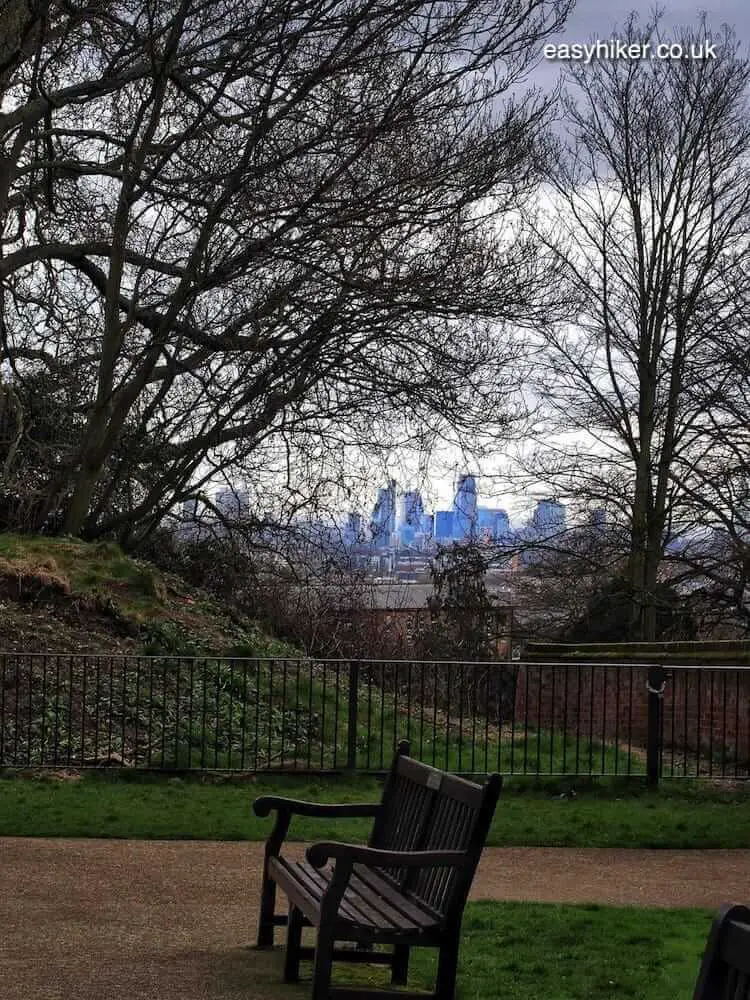
The school just in front of Highgate High Street was established in 1552 by Lord Chief Justice Roger Cholmeley, Highgate’s first prominent resident and, in many ways, the founding father of the village.
The school itself has a distinguished history. TS Eliot was briefly (in 1916) a member of the teaching staff, when John Betjeman – later to become a decidedly non-modernist Poet Laureate – was his student, handing his teacher (in jest) a book of Betjeman’s greatest poems. (Another famous poet, Samuel Taylor “The Ancient Mariner” Coleridge is buried in the chapel.)
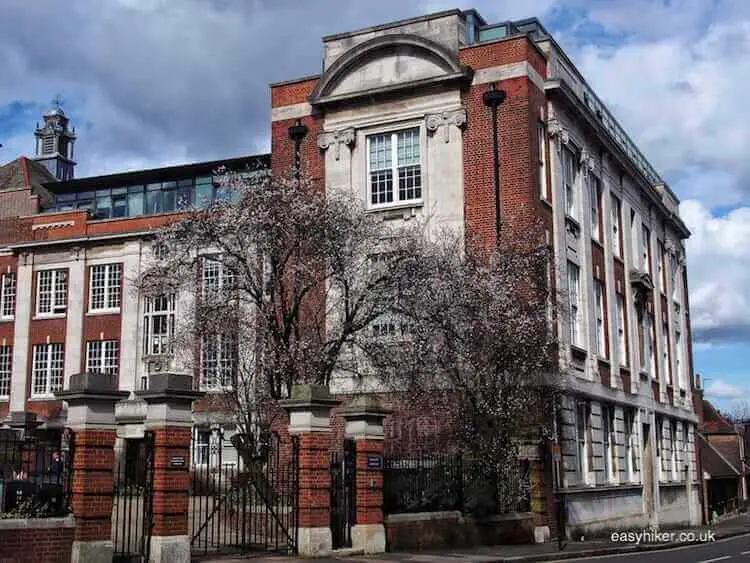
Now turn left into the High Street. The shape of the street has changed little over recent decades. Space has always been at a premium in Highgate, and architects had to be inventive to fit more shops into the cramped surroundings.
The side street called “The Bank”, for example, was laid out to split the street into two parallel lanes.
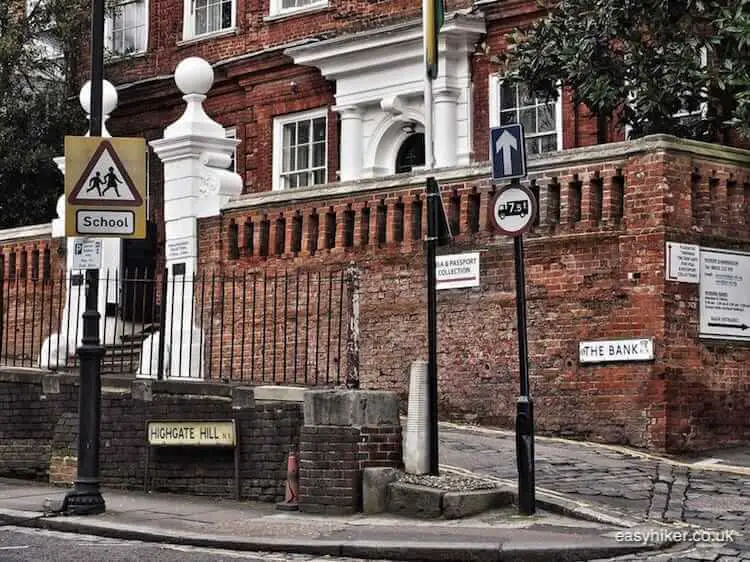
Opposite The Bank, turn right into Waterlow Park, once one of the grandest estates in Highgate.
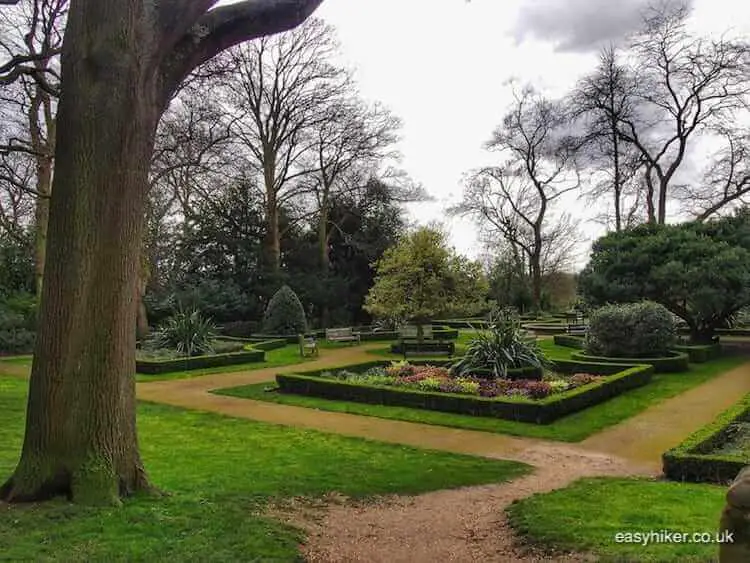
Walk around the main building and continue downhill behind the wall, passing the lake on its left bank,…
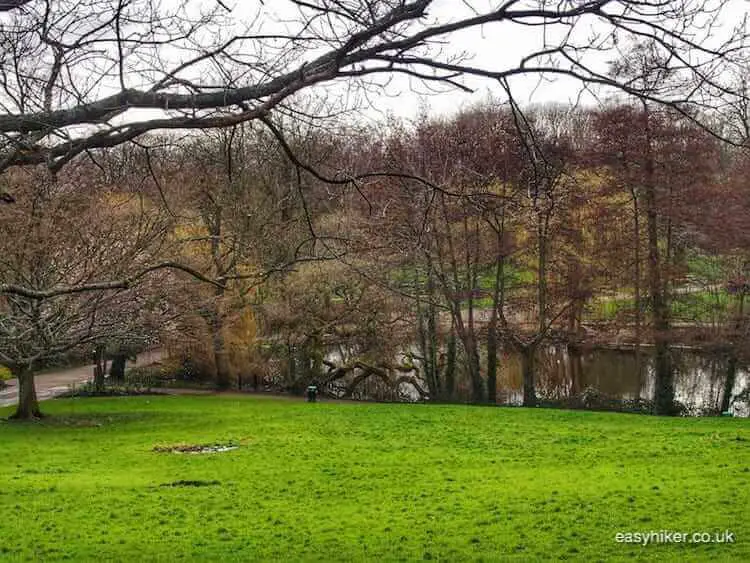
… and continue right into Swain’s Lane for Highgate Cemetery.
The West Cemetery across the road comes across as something straight out of Indiana Jones, a unique combination of great natural beauty and spooky architecture, but can be visited only as part of a guided tour.
The most famous bit of the Eastern Cemetery (on your left) is the grave of Karl Marx, but it will cost you 4 pounds per head to visit. (You can catch a glimpse of the grave from Waterlow Park.)
Turn right into Swain’s Lane until you reach Pond Square, the old heart of Highgate village.
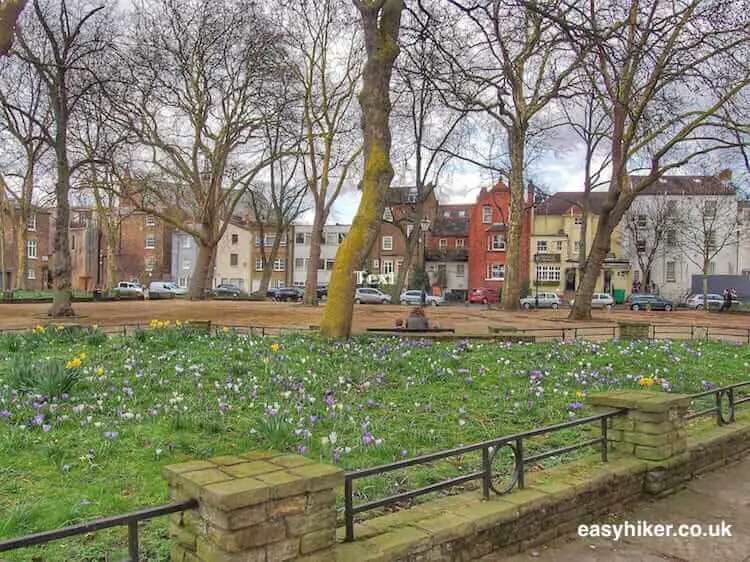
For finding George Michael, turn left here into South Grove, cross the road and continue into The Grove.
On a grassy knoll opposite the row of beautiful Georgian houses, fans have created an unofficial memorial shrine for George Michael who lived here (at no. 6).
The shrine is not popular among the residents who are fighting to have it removed, but a compromise offer of the fans to replace it with a statue has been declined by George Michael’s family, so the situation remains somewhat in limbo.
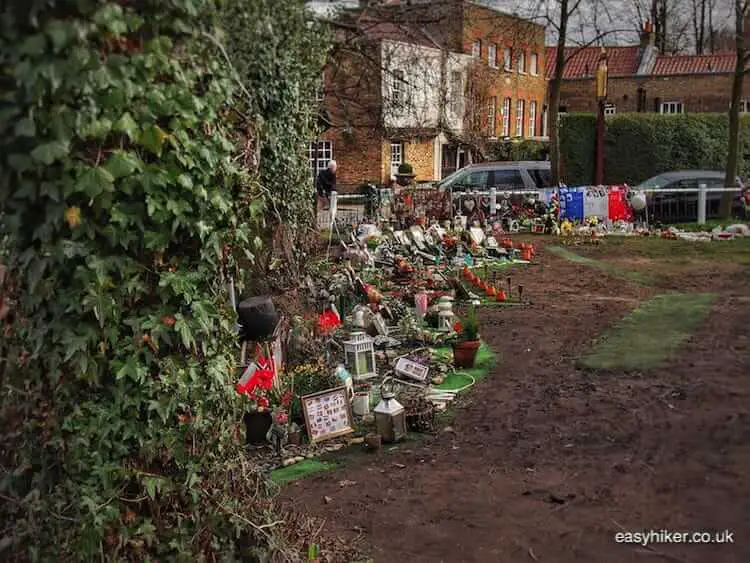
Journalists have claimed that the number of people who visit the unsanctioned shrine now surpasses the number of those who drop by Highgate Cemetery to see the grave of Karl Marx. (George Michael, too, is buried at Highgate Cemetery, but in an unmarked grave to protect his family’s privacy.)
The whole street is and always was full of famous residents : Coleridge lived at no. 3 from 1823 up to his death in 1834, Sting lived at No. 2 (he had bought the house from the violinist Yehudi Menuhin).
After finding George Michael, proceed to the Flask pub, across the road, where the famous 18th century bandit Dick Turpin once hid from the police, and the Marx family is said to have paid regular visits to the pub. (There is no hard evidence for this, however, since Karl failed to leave behind any communist graffiti in the toilet.)
Turn left into Fitzroy Park, the former driveway of another large estate whose former gardens were designed by Capability Brown.
Behind the allotments, turn right and walk through the gates then downhill towards your left to the footpath called Millfield Lane. The land behind the bridge is Hampstead Heath, and you will see some of the Heath’s famous (notorious) swimming ponds on your right hand side as you turn left.
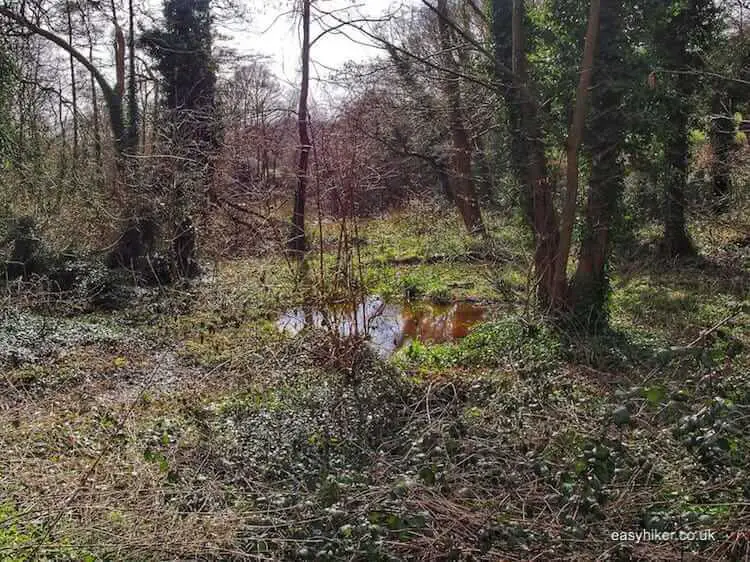
When you leave the footpath, a large ornamental pond on your right hand side, turn left into the asphalted road on your left (called Merton Lane) and left again into Highgate West Hill at its end.
At the top of the hill, surrounded by a high brick wall, lies Witanhurst, the second largest residential building in London, beaten only by Buckingham Palace.
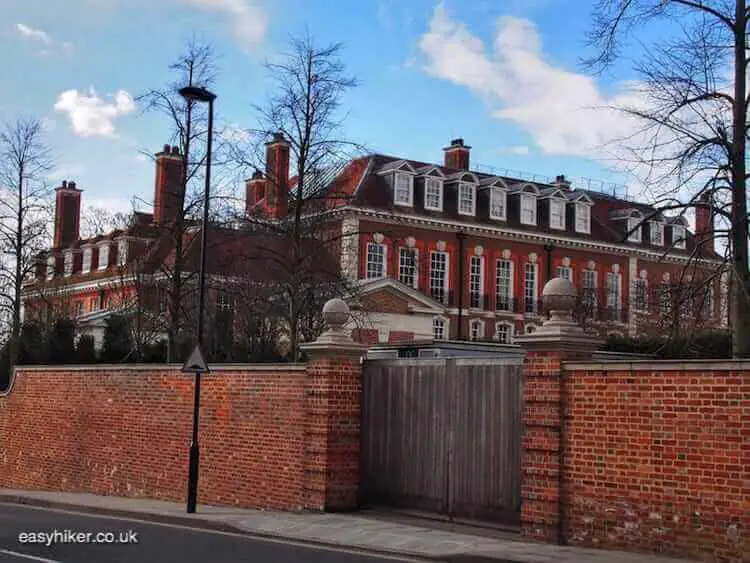
Witanhurst was built after WWI by the socialite owner of a soap factory, a keen amateur golfer and gentleman composer of piano pieces. With its 25 bedrooms, a 35 meter long ballroom and four tennis courts, it was clearly built to entertain, and its parties once were a London legend – even the young Queen Elizabeth attended one in 1951.
If Witanhurst was built as a way of turning money into status, it worked: its owner eventually received a peerage. But when he lost a lot of his money, his heir could not maintain the property, and Witanhurst was sold: at one stage, it was owned by an exiled branch of the Assad family who, it is said, did not spend a single night in the house during the eight years for which they held the building in their possession.
Witanhurst’s current owner is Andrey Guryev, Russia’s twenty-eighth-richest man with a personal fortune estimated at some four billion dollars. Andrey Guryev has never given an interview to the press.
Although he was a Russian senator for twelve years, he never made a public speech in the Federal Assembly.
Witanhurst, apparently not large enough for Mr Guryev’s tastes, has been extended by an underground village of approx. 4000 square meters, which features a 30-metre-long swimming pool, a cinema with a mezzanine, massage rooms, a sauna, a gym, staff quarters, and parking spaces for twenty-five cars. Planning permissions for more underground extensions have already been approved.
Continue straight into South Grove to return to Highgate High Street from where you can either return to the tube station or go for a snack in one of the many cafés and restaurants. It is one of the most attractive high streets in all of London.
